We have dates available. Don't wait and schedule your service today.
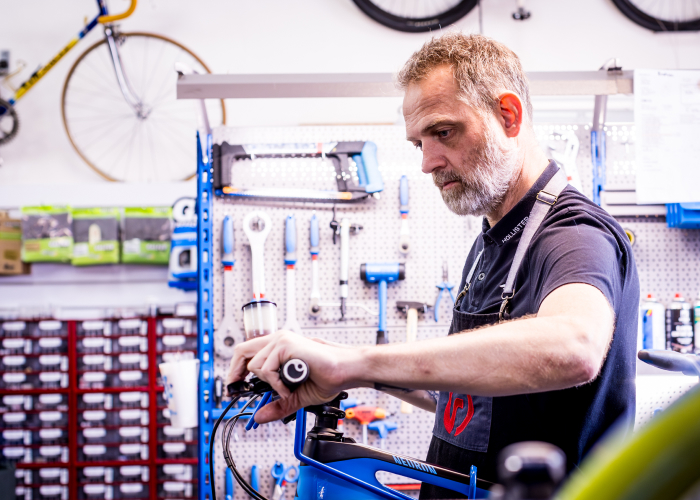
Kolofix is a network of specialized bicycle services with fully equipped brick-and-mortar branches and a fleet of mobile workshops built into vans.
Kolofix has its own service center for the service of all types of forks, seatposts, and rear suspensions.
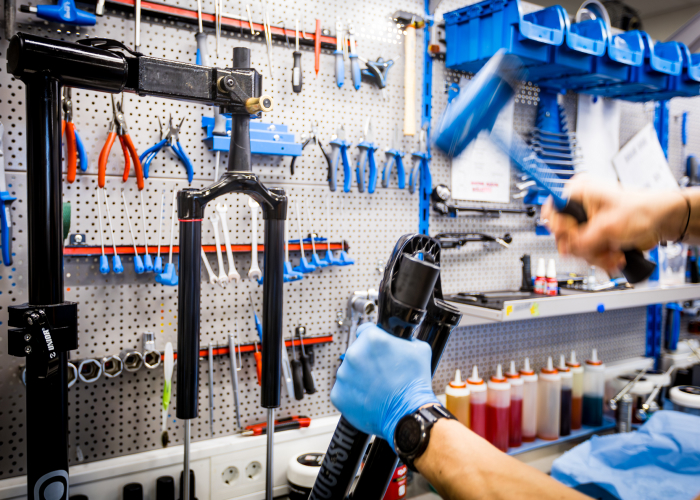
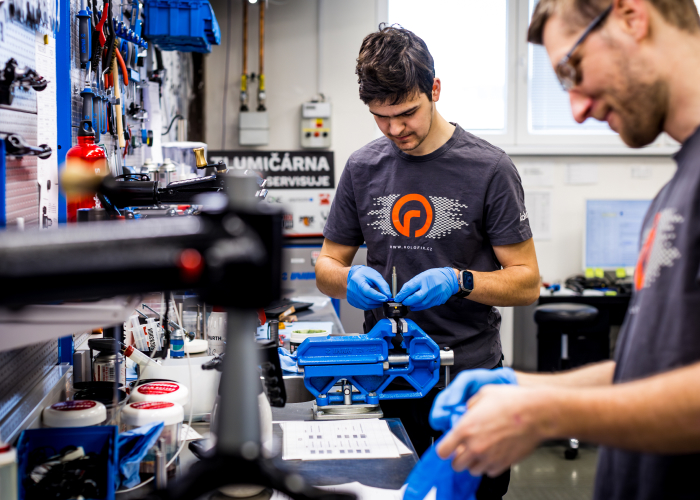
Currently, we operate in the markets in the Czech Republic and Slovakia (Q3 2024). KOLOFIX is built as a platform for DTC brands aiming to operate in most countries in Europe. By 2026, we want to operate in the DACH region (Germany, Austria, Switzerland).
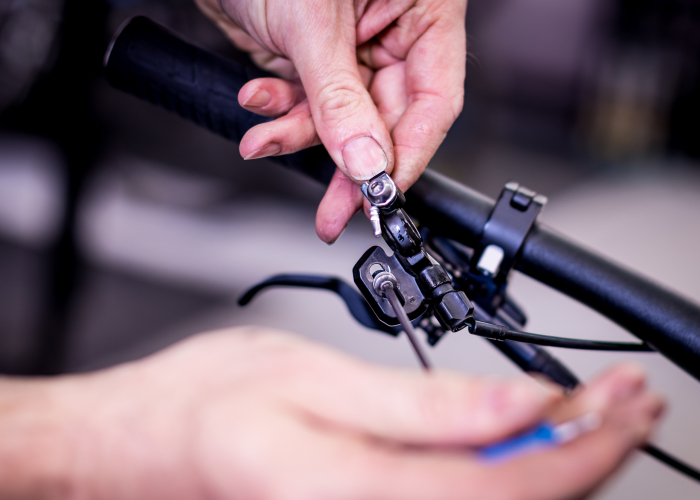
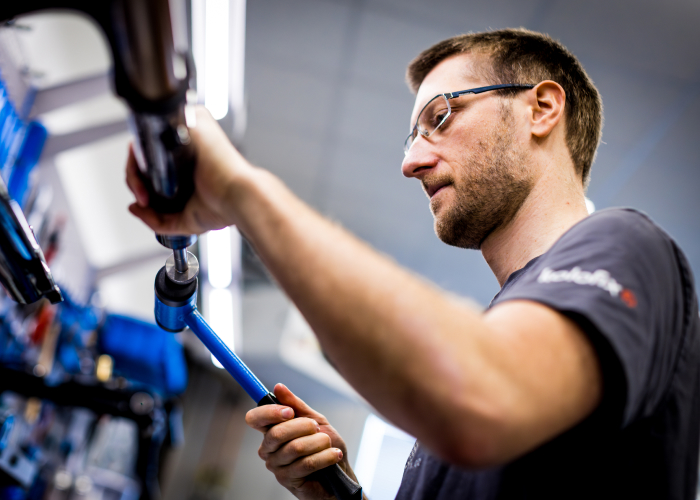
If you are interested in the possibility of cooperation with KOLOFIX, just write an email to b2b@kolofix.cz, call our customer line, or simply leave your contact information below and we will get back to you promptly.